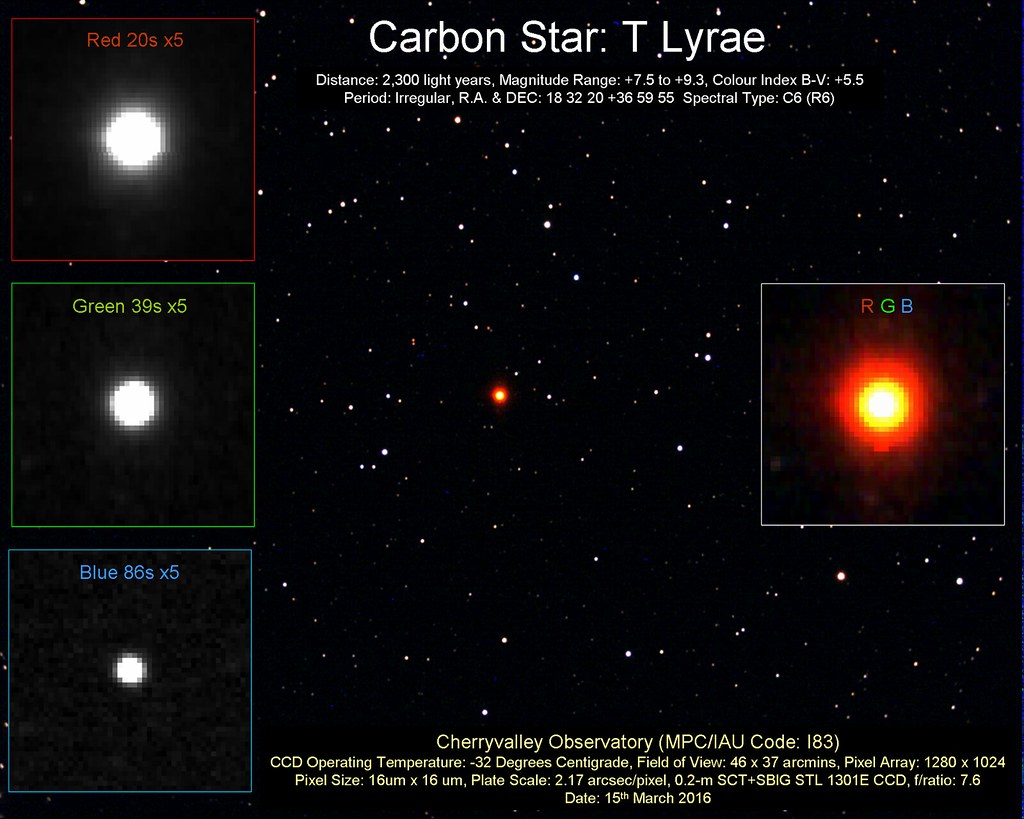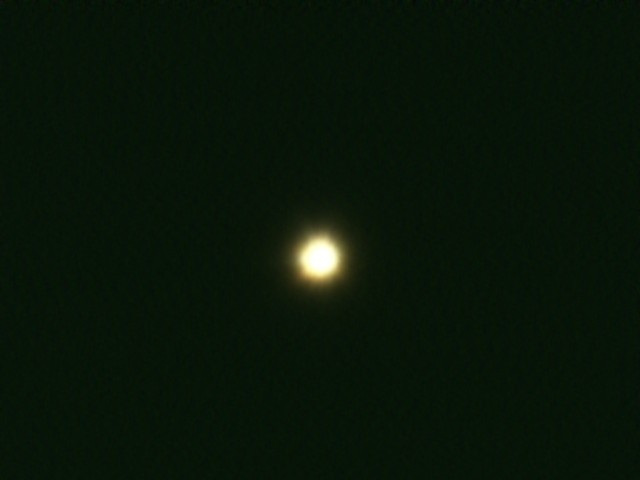sillyworm2 wrote:Ok where is that editing button....Correction Would it look much different in a Billion years ? Or if say NGC 404 was a Billion Light Years away....would this ring of stars(and other scenarios I mentioned) look much different in a Billion years from now?
One-Minute Astronomer wrote:
Lenticular galaxies tend to have little star-forming activity. But astronomers have discovered NGC 404 is ringed by newly-formed stars and excited hydrogen gas. Studies suggest the little galaxy was jostled by the gravity of another galaxy
about a billion years ago, an event which triggered a wave of star formation from the last remnants of gas within this tiny star group.
The event that created the blue-looking stars took place about a billion years ago, which means that most of the blue-appearing stars surrounding NGC 404 will also be around a billion years old. This fairly advanced age means that there should be no main sequence O or B-type stars left here, and hardly any A-type stars either. Perhaps we might find some late A-type stars in the ring around NGC 404, and certainly a lot of F-type stars.
A billion years is a non-negligible time in the life of a medium-mass star, but paradoxically, I don't think it will have that much of an effect on the appearance of the ring of stars around NGC 404. After two billion years there should certainly be no more A-type stars left, but there should be so few of them already that their complete absence shouldn't matter that much. By contrast, many of the F-type stars that are there today should still be there in another billion years.
If there has been one or more second wave of star formation in NGC 404 there may indeed be B-type stars there, and just possibly even a few O-type stars. If there are indeed some OB stars in NGC 404 now, but no new star formation will take place there - which is a possibility, since the galaxy may well have run out of gas - then another billion years will make a big difference in the galaxy's appearance. The color of the ring will change considerably if there are OB stars there now, but all the OB stars and many of the A-type stars disappear within a billion years.
Ann
 Mirach's Ghost
Mirach's Ghost

